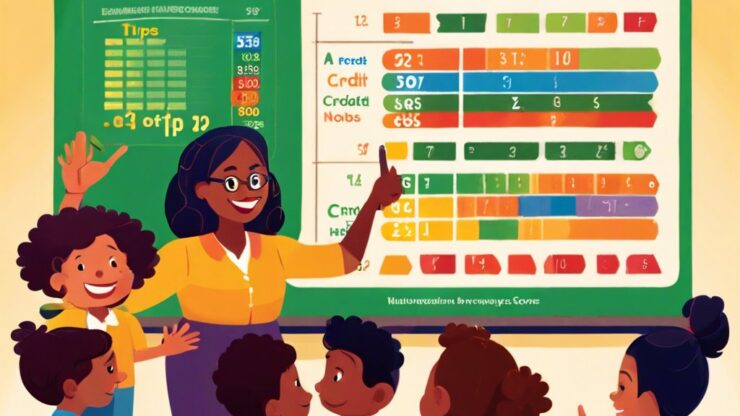Understanding the Basics of Credit Scores
As parents and guardians, we strive to equip our children with the tools they need to succeed in life. One crucial aspect of financial literacy is understanding credit scores. A credit score is a numerical representation of a person’s creditworthiness, which can significantly impact their ability to borrow money, secure loans, and even rent an apartment. By introducing this concept early, we can help our children build a solid foundation for their financial futures.
Many people may not realize that credit scores are influenced by several factors, such as payment history, amounts owed, length of credit history, new credit, and types of credit used. By familiarizing kids with these components, we can empower them to make informed financial decisions as they grow older.
The Importance of Financial Habits
Instilling good financial habits in children from a young age can yield benefits that last a lifetime. Teaching kids about credit scores is just one part of a broader conversation about managing money responsibly. When children understand how credit works, they are more likely to develop positive habits that will serve them well as adults.
For instance, discussing the importance of paying bills on time can help them appreciate the value of punctuality and responsibility. Encouraging them to save a portion of any money they receive, whether as gifts or allowances, can introduce them to the concepts of budgeting and planning ahead.
- Paying Bills on Time: Teach children that timely payments lead to better credit scores.
- Understanding Debt: Discuss how borrowing works and the responsibility that comes with it.
- Tracking Spending: Show them how to keep track of their income and expenses.
- Saving for Goals: Encourage them to save money for specific objectives, like a new bike.
Practical Steps for Parents
As parents, we play a vital role in shaping our children’s understanding of credit. Here are some practical steps you can take to make learning about credit scores an engaging and impactful experience:
Start with real-life examples. Use scenarios like applying for a student loan or renting an apartment to illustrate how credit scores come into play. Discuss the consequences of poor credit, such as higher interest rates or the inability to secure loans.
Use age-appropriate resources like games or apps that teach financial literacy. This way, learning becomes a fun activity rather than a chore. Encourage open conversations about money, making it a safe space for your child to ask questions and express their thoughts on financial matters.
Disclaimer
This article has been created or edited with the support of artificial intelligence and is for informational purposes only. The information provided should not be considered investment advice. Please seek the support of a professional advisor before making any investment decisions.






